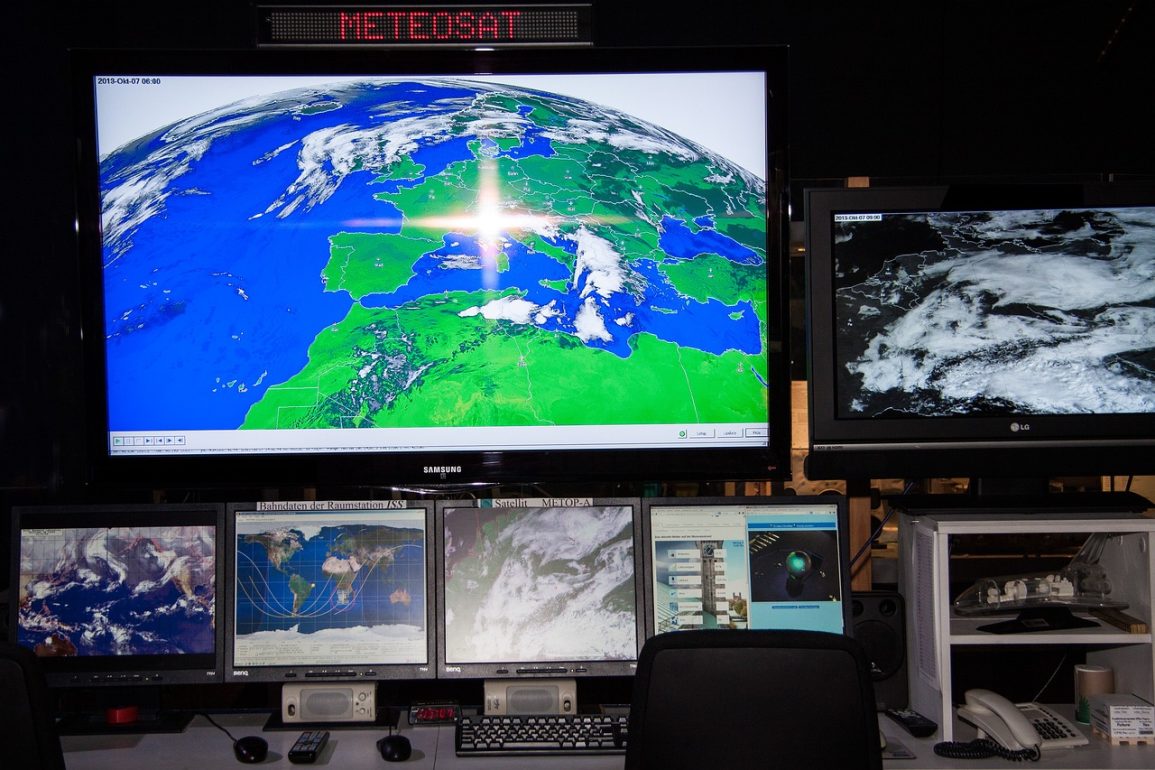One hundred years ago, a thought-provoking article in Nature magazine, published in January 1924, examined the potential of weather forecasting.
At that time, meteorological predictions were becoming increasingly accurate, leading to the intriguing question: could forecasts extend months into the future? This inquiry was particularly focused on the timing and intensity of the crucial monsoon season in India, a key element in the region’s climate and agriculture.
During the early 20th century, the prevailing theories about weather patterns were still deeply influenced by earlier, less precise understandings.
Some scientists held the belief that variations in weather from year to year were predominantly caused by changes in solar output.
This led to attempts to predict temperature variations based on sunspot activity, an approach rooted in the idea that solar cycles had a direct impact on Earth’s weather.
However, the advent of new meteorological instruments in the 1920s revealed that the sun’s output was relatively stable over short periods.
This finding shifted the focus toward understanding the more immediate influences on weather. It became evident that the most significant factor influencing current weather conditions was the weather that preceded it.
This realization underscored the need for sophisticated mathematical tools capable of modeling how weather systems evolved as they moved across the globe.
The journey from those early insights to the sophisticated weather forecasting techniques we use today has been marked by significant advancements in both technology and theory. Over the decades, weather sensors and computational machinery have progressively improved, enabling more detailed and accurate weather models.

A landmark development in this field occurred in 1961 when the American meteorologist Edward Lorenz made a groundbreaking discovery now known as the “butterfly effect.”
Lorenz’s research revealed that even a minute change in the initial conditions of a weather system could lead to vastly different weather outcomes a few weeks later.
This concept illustrated the inherent complexity and sensitivity of weather systems, making long-term predictions exceptionally challenging.
As a result of these advancements and insights, modern weather forecasting has evolved considerably. Today, five-day weather forecasts are generally about 90% accurate, reflecting significant progress in our ability to predict short-term weather conditions.
However, the accuracy of forecasts diminishes with time. Ten-day forecasts tend to be around 50% accurate, and predictions extending beyond this period become increasingly speculative.
Despite these challenges, meteorological organizations such as the Met Office and others have developed methods for providing long-term forecasts.
These forecasts are typically expressed in terms of probabilities rather than precise predictions. This probabilistic approach allows for a more nuanced understanding of potential weather outcomes over extended periods.
Reflecting on the scientific advancements since 1924, it is clear that the vision of that era’s meteorologists has been partially realized. Modern forecasting has made significant strides, including the ability to provide forecasts for the Indian monsoon season, a development that would have delighted the scientists of a century ago.
In summary, the evolution of weather forecasting from the early 20th century to today highlights a remarkable journey of scientific progress.
The shift from speculative sunspot theories to sophisticated mathematical modeling and probabilistic forecasting represents a testament to the field’s ongoing advancement.
As technology and understanding continue to evolve, the quest for increasingly accurate long-term weather predictions remains a central challenge and opportunity in meteorology.

